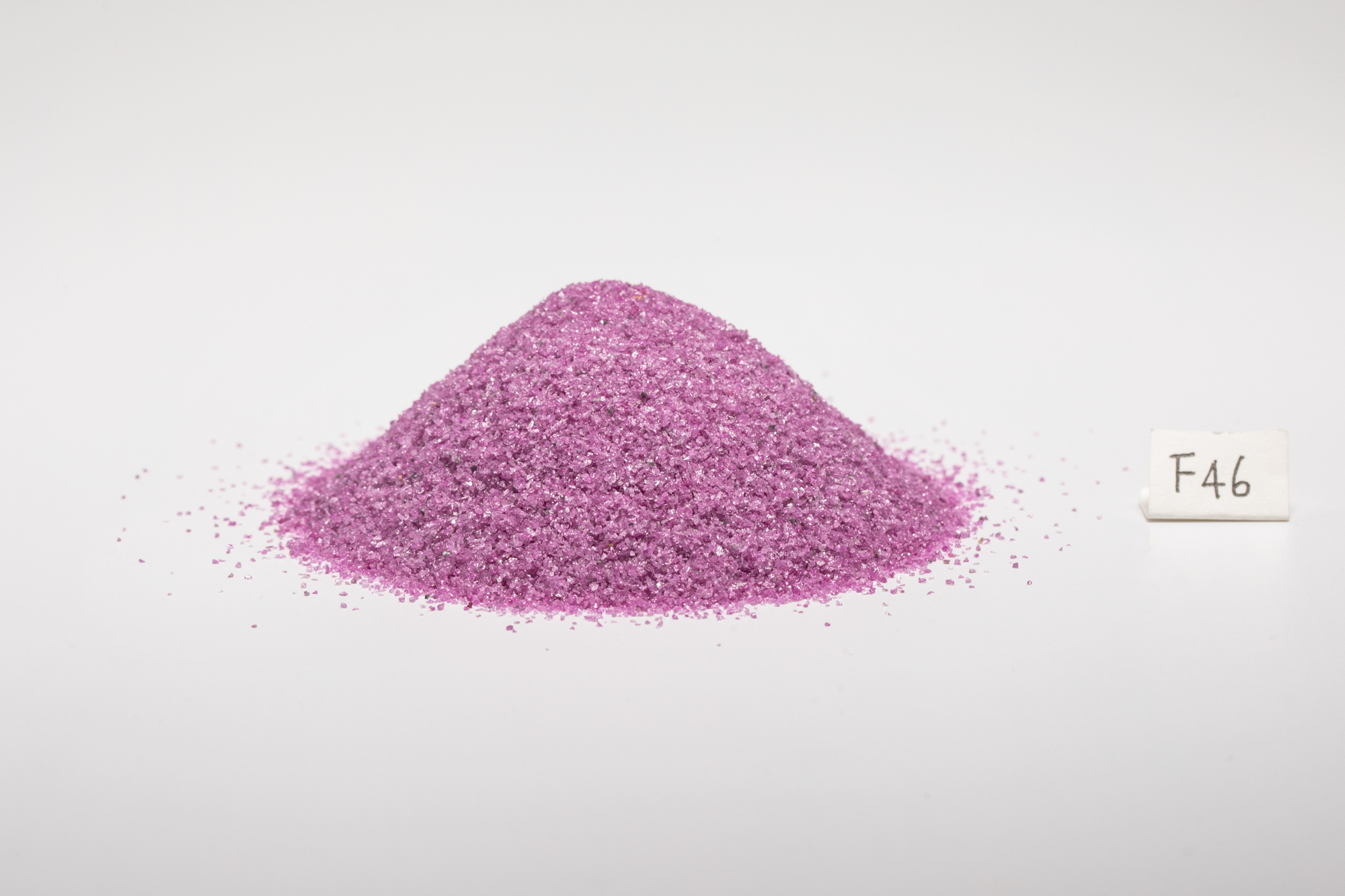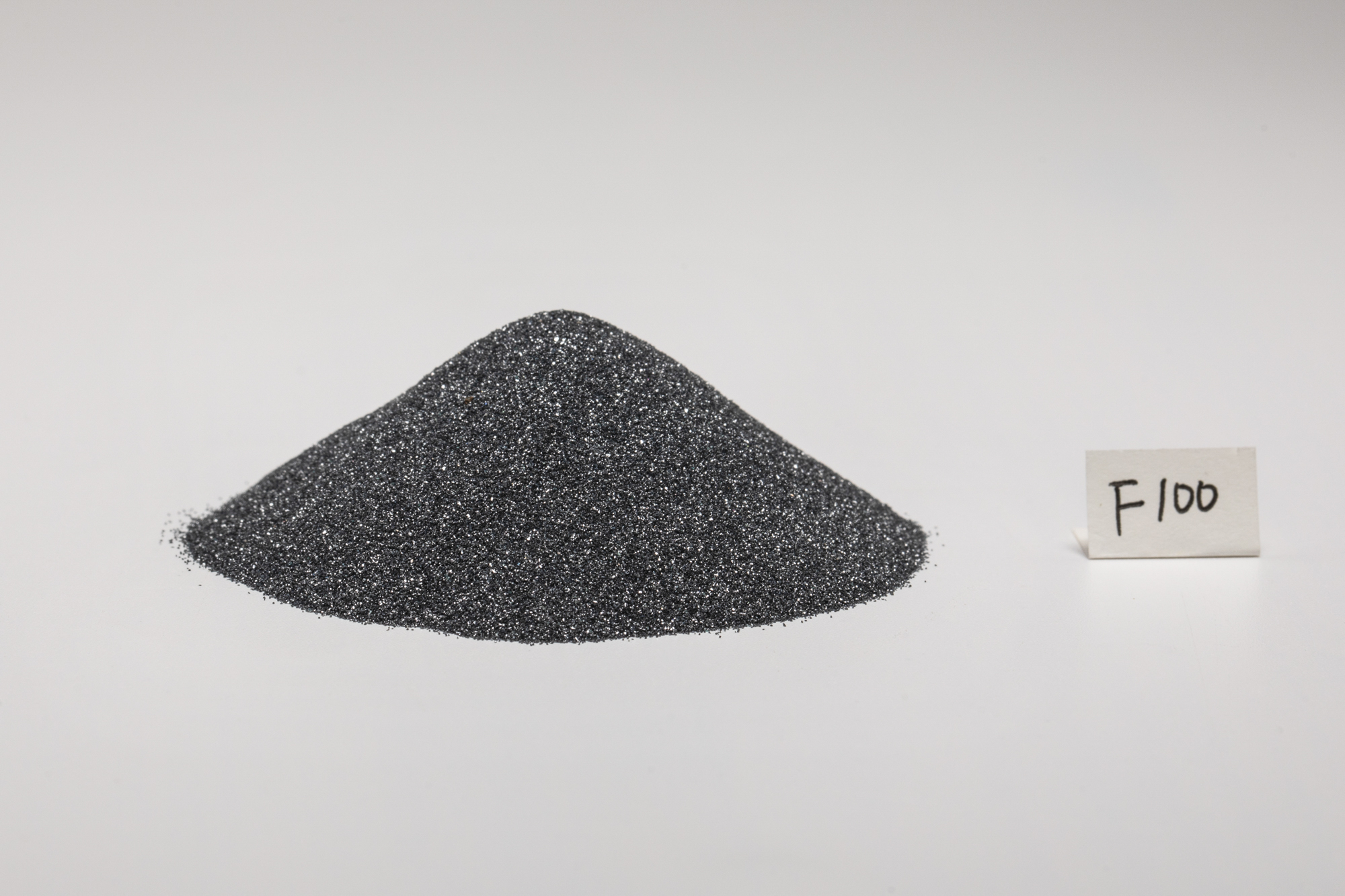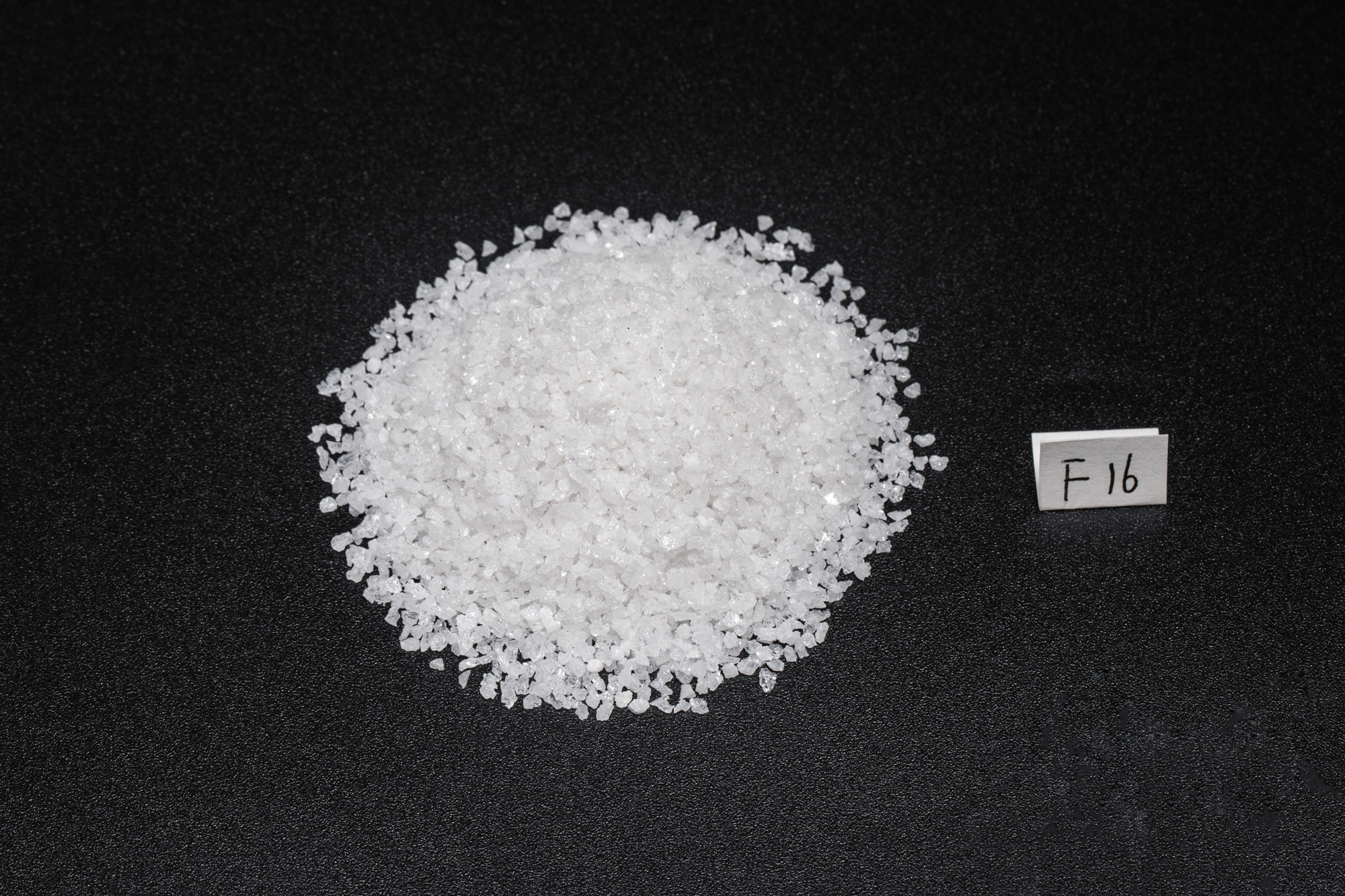Silicon carbide (also known as carbon silica, steel sand or refractory sand), chemical formula: SiC, It is a wear-resistant material made by high-temperature smelting of quartz sand, petroleum coke (or coal coke), and sawdust in a resistance furnace. Silicon carbide is refined into silicon carbide blocks from high-quality quartz sand and petroleum coke in a resistance furnace, and then crushed, acid alkali washed, magnetic separated, screened or water selected to produce products of various particle sizes. Silicon carbide has a wide range of applications. Our industrial production of silicon carbide is divided into two types: black silicon carbide and green silicon carbide, both of which are hexagonal crystals with a specific gravity of 3.20-3.25 Sio2: 97-98%, Mohs hardness: 9.5 Fe2o3:0.02%。
Black silicon carbide contains about 98% SiC and has a metallic luster. Its toughness is higher than that of green silicon carbide, and it is mostly used for processing materials with low tensile strength, such as glass, ceramics, stone, refractory materials, cast iron, and non-ferrous metals. It is mainly used for grinding cast iron and non-metallic materials. Green silicon carbide contains over 98.5% SiC and has good self sharpening properties. It is mostly used for processing hard alloys, titanium alloys, and optical glass, as well as for honing cylinder liners and precision grinding high-speed steel cutting tools. In addition, there is cubic silicon carbide, which is a yellow green crystal produced by a special process. The grinding tool used to make it is suitable for ultra precision machining of bearings, and can process the surface roughness from Ra32~0.16 microns to Ra0.04~0.02 microns in one go.
Application of Silicon Carbide
1: Abrasives, grinding, polishing, sandblasting, etc. (silicon carbide sand/silicon carbide grit sand)
Silicon carbide is mainly used as an abrasive in the manufacture of grinding wheels, sandpapers, sand belts, oilstones, grinding blocks, grinding heads, grinding pastes, etc.
Silicon carbide can be used to manufacture bonded grinding tools, coated grinding tools, and free grinding tools for processing glass, ceramics, stone, jade, cast iron, stainless steel, floor tiles, as well as certain non-ferrous metals, hard alloys, titanium alloys, high-speed steel props, and grinding wheels.
2: Refractory materials (silicon carbide powder, silicon carbide particles)
Silicon carbide, as an inorganic non-metallic material, has characteristics such as high temperature resistance and wear resistance. Silicon carbide products combined with silicon nitride can be used in places such as blast furnace ceramic cups. In non fired bricks such as aluminum magnesium carbon bricks for steel cladding, silicon carbide can also be added as an antioxidant.
The refractory board made of silicon carbide has high compressive strength and long service life: low thermal capacity and low thermal conductivity; Non brittle material with good toughness; Accurate size and good flatness; Easy to cut and install, convenient for construction; Excellent resistance to wind erosion; Continuous production, uniform fiber distribution, and stable performance; Excellent sound absorption and noise reduction performance.
3: Steelmaking and Casting Industries (Silicon Carbide Balls, Silicon Carbide Blocks, Silicon Carbide Particles, Silicon Carbide Powder)
Silicon carbide, as a deoxidizer in steelmaking, can stabilize the quality of molten steel and has the function of refining grain size and removing impurities from molten steel. After use, the casting temperature of molten steel is high, the quality of castings is good, and the unit cost is low.
Silicon carbide can replace silicon iron and carbon additives, and the amount of FeALSi used is also reduced, which can effectively reduce steelmaking costs.
4: Photovoltaic industry, polishing, grinding (silicon carbide micro powder)
Silicon carbide micropowder is mainly used in the manufacturing of refractory products, foam ceramic industry, solar silicon panel cutting, crystal cutting and grinding, automobile engine component manufacturing, special coating industry, plastic product modification, desulfurization, power supply, environmental protection industry, etc.







